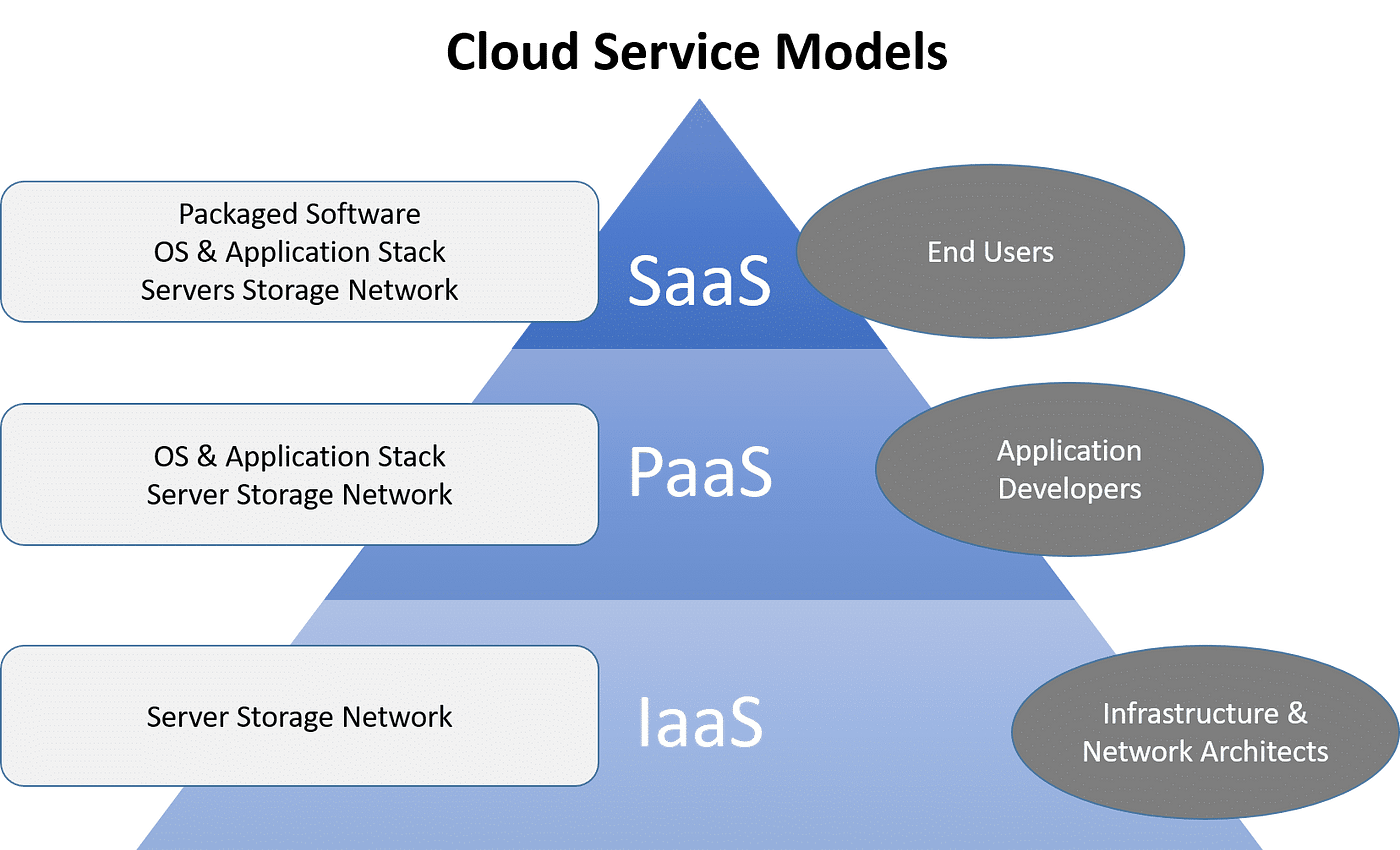Achieve Seamless Scalability With Cloud Solutions
In the ever-evolving landscape of cloud solutions, accomplishing smooth scalability stands as a keystone for modern companies seeking to stay competitive and adaptable. The quest for smooth scalability with cloud solutions unveils a world of opportunities for those willing to accept the transformative power of dynamic source management.
Advantages of Cloud Scalability
Cloud scalability provides companies the flexibility to dynamically change sources based upon demand, making sure optimum performance and expense performance. One crucial advantage is the ability to range resources up or down swiftly in reaction to changing work. This dexterity allows organizations to fulfill altering client requirements without over-provisioning sources, ultimately causing cost financial savings. Scalability also boosts efficiency by making sure that systems can handle enhanced website traffic or workload without experiencing downtime or slowdowns. By effectively designating sources, companies can preserve high levels of performance throughout peak times without unneeded expenditures during quieter periods. Additionally, cloud scalability promotes advancement and experimentation by enabling organizations to conveniently evaluate originalities and scale them as required. This flexibility motivates a culture of continuous enhancement and adjustment, enabling companies to stay competitive in a rapidly progressing market landscape. Ultimately, the benefits of cloud scalability extend past price savings to incorporate enhanced performance, dexterity, and advancement.
Key Functions for Scaling
Efficient scaling in cloud services counts on key attributes that make it possible for organizations to adjust sources dynamically based on need. One important attribute for scaling is elasticity, enabling sources to scale up or down in feedback to varying work. This ensures that organizations can fulfill performance requirements without over-provisioning sources. One more crucial function is scalability, enabling systems to handle raised workload by adding sources effortlessly. This attribute is crucial for accommodating development without compromising performance. In addition, automation plays an essential function in scaling by automating the provisioning and de-provisioning of resources based upon predefined plans. Automation minimizes human treatment, enhances effectiveness, and ensures fast response to transforming demands. Surveillance and analytics devices are likewise necessary for scaling, supplying insights into source utilization, performance metrics, and prospective traffic jams. These devices allow companies to make educated decisions and maximize resource allocation for effective scaling. In general, these key features collectively empower organizations to attain seamless scalability in cloud services.
Implementing Auto-Scaling Techniques
To efficiently maximize resource allotment and adapt to varying workloads, companies must strategically execute auto-scaling techniques in their cloud solutions framework. Auto-scaling permits systems to instantly readjust the variety of calculate sources based upon real-time demand. There are various auto-scaling techniques that organizations can employ, such as predictive scaling, which uses historical information to anticipate future source requirements, and responsive scaling, which responds to present work changes.

Ideal Practices for Scalability
For organizations intending to boost their scalability in cloud solutions, applying best methods is critical for optimum performance and resource monitoring. One secret best technique is creating applications with a microservices design. This method breaks down applications right into smaller sized, independent solutions that can be released, updated, and scaled individually, permitting better adaptability and scalability.
Another important technique is making use of containerization innovation, such as Docker or Kubernetes. Containers make it possible for the product packaging of applications and their dependencies into isolated systems, making it less complicated to scale components separately and release them regularly across various environments.
Additionally, executing automated implementation and framework as code (IaC) can enhance scalability efforts (linkdaddy cloud services). Automation devices like Terraform or Ansible assistance in provisioning and managing sources effectively, reducing hand-operated errors and allowing rapid scalability
In addition, keeping track of official site performance metrics, establishing up signals, and carrying out routine capacity planning are essential techniques to make certain proactive scalability administration. By sticking to these ideal techniques, organizations can attain seamless scalability in their cloud services while enhancing efficiency and source utilization.
Monitoring Performance Metrics
When assessing the effectiveness of cloud services scalability, closely keeping an eye on performance metrics is critical for making sure ideal capability and source allotment. By constantly tracking crucial performance signs (KPIs) such as response times, latency, throughput, and resource use, companies can gain useful understandings right into the health and effectiveness of their cloud framework. Checking efficiency metrics enables the early discovery of potential bottlenecks or concerns that could impact scalability, making it possible for proactive measures to be taken to resolve them prior to they rise.

Verdict
To conclude, attaining seamless scalability with cloud services is important for organizations to optimize performance, boost development, and maintain high efficiency levels during peak times. By leveraging the benefits of cloud scalability, implementing auto-scaling approaches, using essential functions such as flexibility and automation, and following ideal practices like application design and performance monitoring, businesses can efficiently scale their systems while taking full advantage of resource use other and performance.
The mission for seamless scalability with cloud solutions reveals a world of opportunities for those eager to accept the transformative power of dynamic source management.
Cloud scalability provides organizations the adaptability to dynamically change sources based on need, making sure optimal efficiency and expense efficiency. An additional essential attribute is scalability, allowing systems to handle boosted workload by including resources seamlessly.For companies aiming to boost their scalability in cloud solutions, implementing ideal methods is essential for optimum efficiency and source management.When assessing the efficiency of cloud services scalability, closely keeping an eye on efficiency metrics is useful source imperative for ensuring optimum performance and resource allocation.